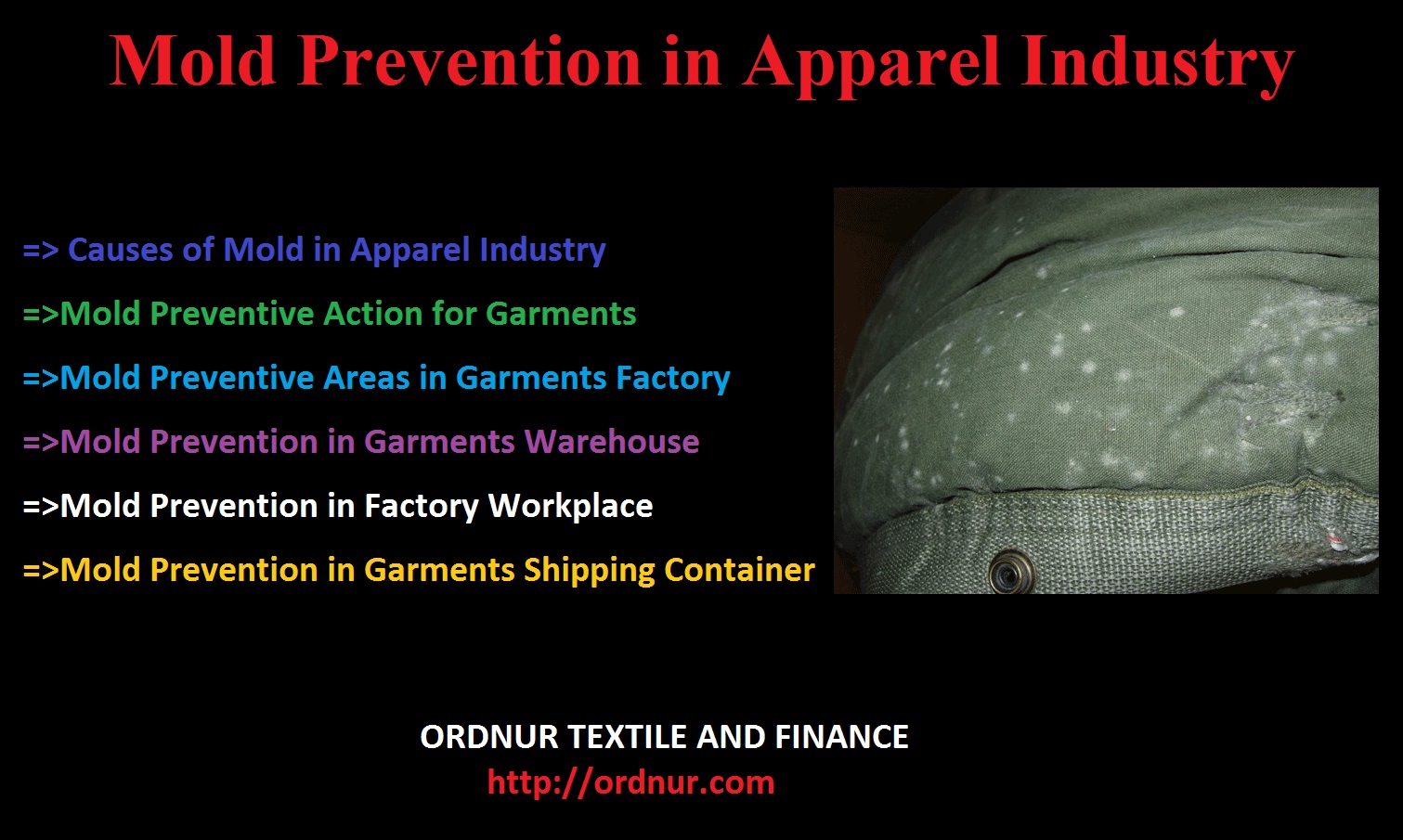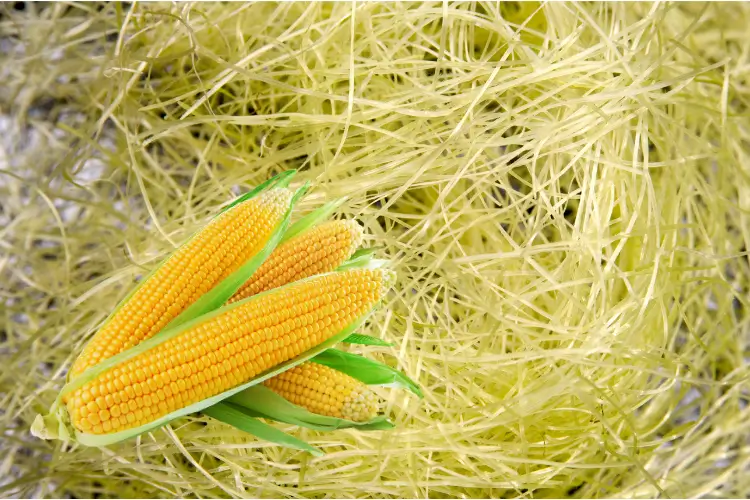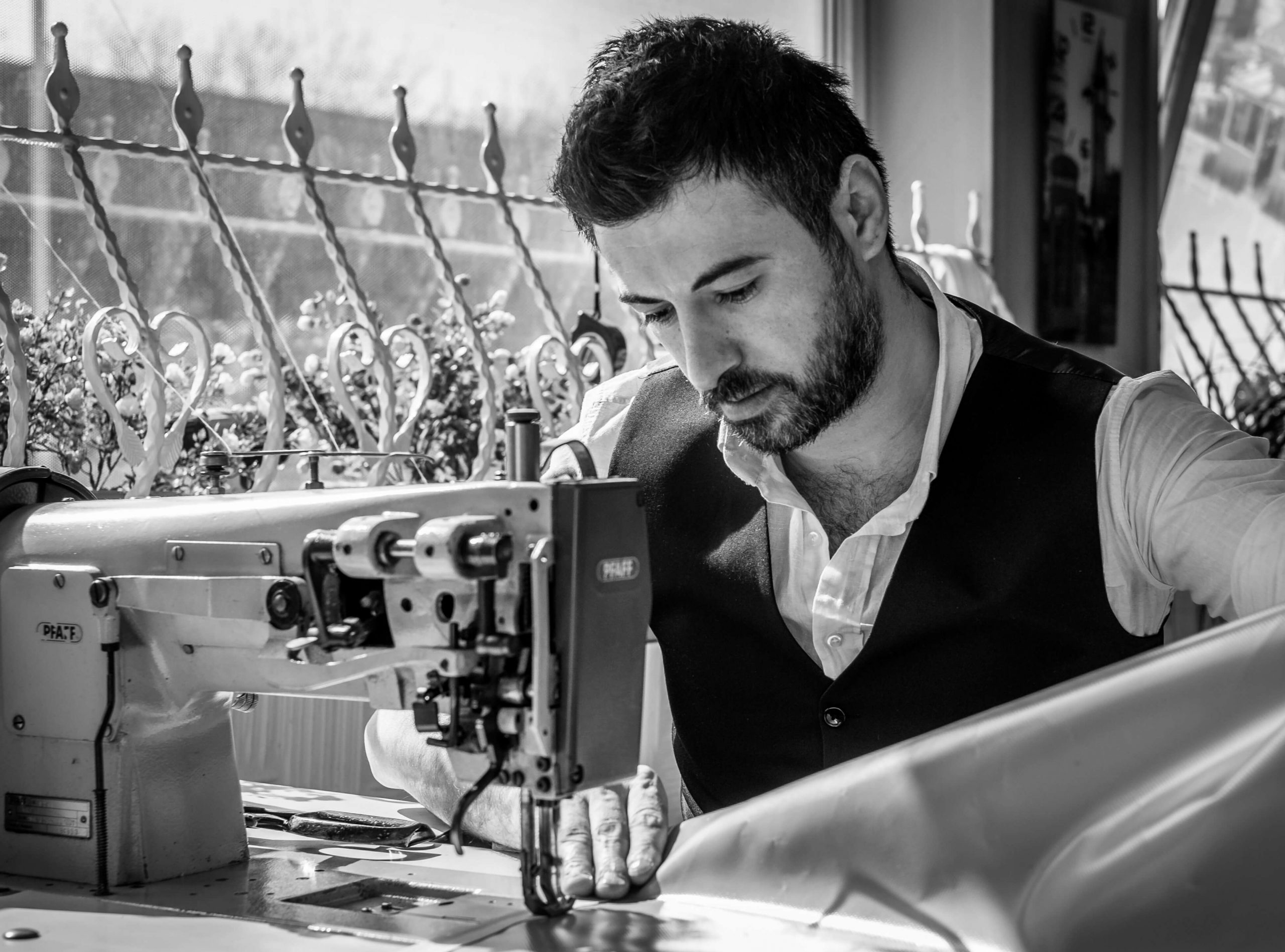Mold is a type of fungus. Mold can grow on almost all organic material as long as moisture and oxygen are present. Mold eventually cause structural damage to the building, building materials, and manufacturing product of a garments industry. To control mold you need to have a good idea of how mold prevention in the apparel industry can be applied.
Mold Prevention in Apparel Industry
Due to molding in garments, the apparel manufacturer gets a big amount of financial claim from a customer. So it’s very necessary to adopt a control measure to prevent mold from garments.
Molds can be Grown on the following Materials
- Wood
- Paper
- Carpet
- Food
- Insulation
- Cotton
- Fabric
- Leather
- Any organic surface
Causes of Mold in Apparel Industry
- Humid house
- Improper storage method / conditions
- Unsealed packaging
- Incorrect procedure to operate the vacuum system of the pressing table.
- Poor storage of anti‐molding materials before packing.
- Poor ventilation of finished garments.
- Poor storage of finished garments.
- Wrong vacuum system setting of pressing table.
- Wrong timing to pack pressed garments
- Poor loading environment
- Minor and major roof leaks
- Dark space in factory indoor also create a mold
- Leaking in roofs
- Leaking or condensing water pipes, especially pipes inside wall cavities or pipe chases.
- Leaking fire protection sprinkler systems.
- Landscaping gutters and downspouts that direct water into or under a building.
- High humidity (60% or more relative humidity) and condensation.
Mold Preventive Action for Garments
- Set mold prevention policy or SOP for workplace
- Staff training, awareness creation
- Develop the humidity control system for every section
- Keep good general housekeeping
- Daily checks humidity level and keep records accordingly
- Good Storage condition of incoming materials & finish products
- Good shipping condition of finish products and checking the delivery container
- Ensure section cleanness
- Use ultraviolet light; mold cannot grow under ultraviolet light
- Maintain relative humidity (RH) less than 55% or 60%
- Maintain temperature 70-72° F
- The ventilation or dehumidifiers system should be there.
- Improve the general housekeeping system.
Mold Preventive Areas in Garments Factory
- Raw material and finished goods warehouse
- Garments manufacturing workplace
- Finishing and packing section
Mold Prevention in Garments Warehouse/Store
- Keep your warehouse organized
- No sign of mildew on the wall, floor in the warehouse and conduct mold check weekly basis.
- All packed cartons (for trim & finished garment) must be loaded on the wooden/plastic pallets and at least about one meter away from walls & windows. (Nonwooden pallets is better).
- Maintain a relative humidity of about 55% and humidity is to be measured daily basics and maintain proper records.
- Protect all trims, fabric, and garment by storing them in polybags or cartons.
- Empty cartons must be placed on pallets and well covered by poly sheets or clothes before use.
- When there is any doubt, then you need to measure the moisture content on the carton by “moisture meter machine”. The reading should be less than 8%.
- Apply First in First out (FIFO) method for all raw materials.
Mold Prevention in Factory Workplace
- Apply vacuum function correctly on the pressing table. Leave the garments on vacuum table for 5 seconds more after steaming (in order to remove moisture from the garments)
- The pressing table must connect with steam ducts to remove the vapor out from the building.
- Increase air ventilation by using big fans in the finishing areas.
- Garments cannot be piled up too high right after pressing. Quantity can be 20 pcs for denim products and 30 pcs for non‐denim products.
- Garments cannot be packed until they are exposed to an open environment for at least 12 hours.
- Anti‐molding materials (e.g. silica gels) must be stored in the original packing material until they are required to put into the polybags/cartons.
- Measure the garment moisture content by “moisture meter machine” for each Shipments (especially during the high humid season). The max reading is 8%. If garments are failed, dry them in the de‐humidifying room for about 1 day before re‐
- Measure the relative humidity in the finishing and packing area at least twice per day. Max’s reading is 55%. Walls show no sign of mildew. Conduct mold checks in every week and keep a record.
- Avoid placing the garments directly on the floor, placing them at least one meter away from the wall/windows.
- Good pressing table maintenance. No water leakage foam steam pipe. Keep the cloth and foam clean and dry by changing it at least once per week.
Mold Prevention in Garments Shipping Container
- Check the container before loading to ensure that there is no hole/leakage on the container wall.
- The container floor must be dry and clean.
- Loading the goods under a sheltered roof.
- The container must be fully loaded.
Mold Prevention in Apparel Industry



